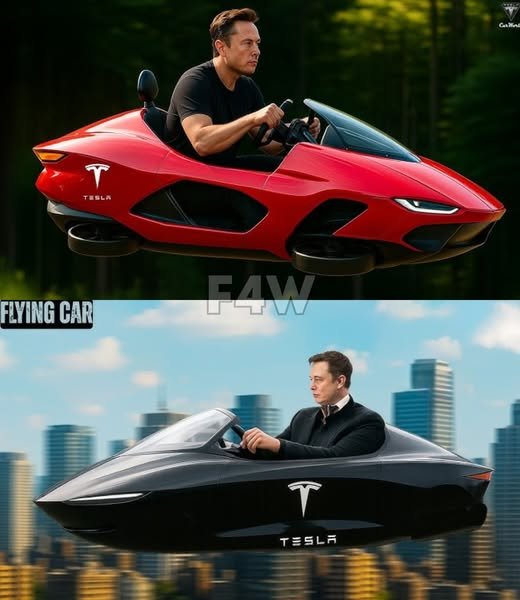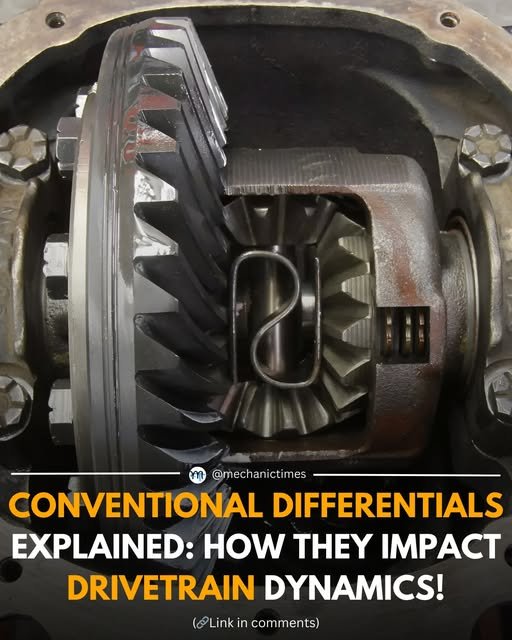In a groundbreaking announcement that has left the world in awe, Tesla has unveiled its first flying car, shattering expectations with mind-boggling specifications and a record-breaking speed of just 1.1 seconds from 0 to 60 mph. Elon Musk, the visionary CEO behind Tesla, has once again pushed the boundaries of innovation, sparking debates about the future of transportation and the implications of such a revolutionary vehicle.
The unveiling of Tesla’s flying car is nothing short of a technological marvel. With its sleek design and cutting-edge features, this vehicle represents a significant leap forward in both aerodynamics and engineering. The ability to launch from a standstill to highway speeds in under two seconds is a feat that challenges the very laws of physics as we know them. Such performance not only positions Tesla at the forefront of the automotive industry but also raises questions about safety, regulation, and the future of personal mobility.
Musk’s ambitious vision has always been to create a sustainable future, and the flying car aligns perfectly with this goal. By combining electric propulsion with aerial capabilities, Tesla is addressing the growing concerns of urban congestion and environmental sustainability. In cities plagued by traffic jams, the idea of flying over gridlocked streets is undeniably appealing. However, this innovation also opens up a Pandora’s box of potential issues, including air traffic management and safety protocols.
Critics argue that while the idea of a flying car is exciting, the practicalities of widespread adoption remain daunting. The infrastructure required to support flying vehicles—such as landing zones and charging stations—has yet to be developed. Additionally, integrating flying cars into existing airspace poses significant challenges. How will authorities ensure the safety of both flying vehicles and traditional aircraft? The potential for accidents and airspace conflicts raises serious concerns that cannot be overlooked.
Moreover, the implications of Tesla’s flying car extend beyond technical challenges. The launch of this vehicle could exacerbate social inequalities, as flying cars may only be accessible to the affluent. If prices remain high, the dream of aerial mobility could become a luxury reserved for the elite, further widening the gap between socioeconomic classes. This raises ethical questions about access to technology and the future of transportation equity.
The announcement has also ignited fierce debates within the automotive industry. Established manufacturers are now under pressure to innovate rapidly or risk being left behind. The competition to develop flying vehicles could lead to a frenzy of investment and research, but it may also result in rushed products that compromise safety for the sake of speed. As companies scramble to catch up, the industry could see a wave of flying cars that are not adequately tested or regulated.
As the excitement builds around Tesla’s flying car, Musk’s ambitious vision faces skepticism. Will this groundbreaking vehicle truly deliver on its promises, or will it be another example of hype without substance? As with many of Musk’s projects, the flying car could either revolutionize transportation or become a cautionary tale of overambition.
In conclusion, Tesla’s flying car represents a seismic shift in the way we envision mobility. With its astonishing speed and innovative design, it has the potential to redefine personal transportation. However, the challenges of safety, accessibility, and regulatory frameworks loom large. As the world grapples with the reality of flying cars, one thing is clear: Elon Musk has once again shocked us, and the future of transportation will never be the same.



